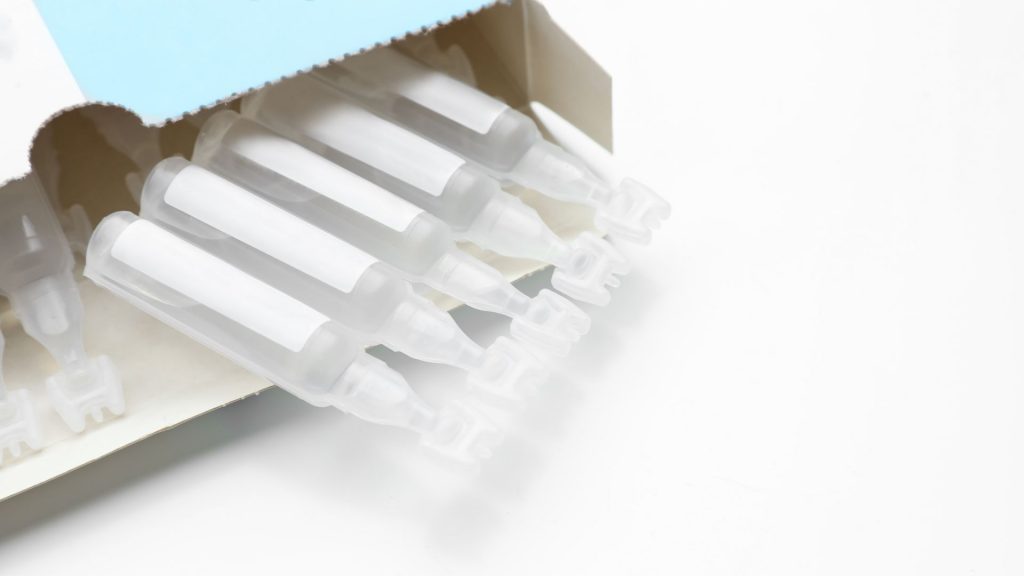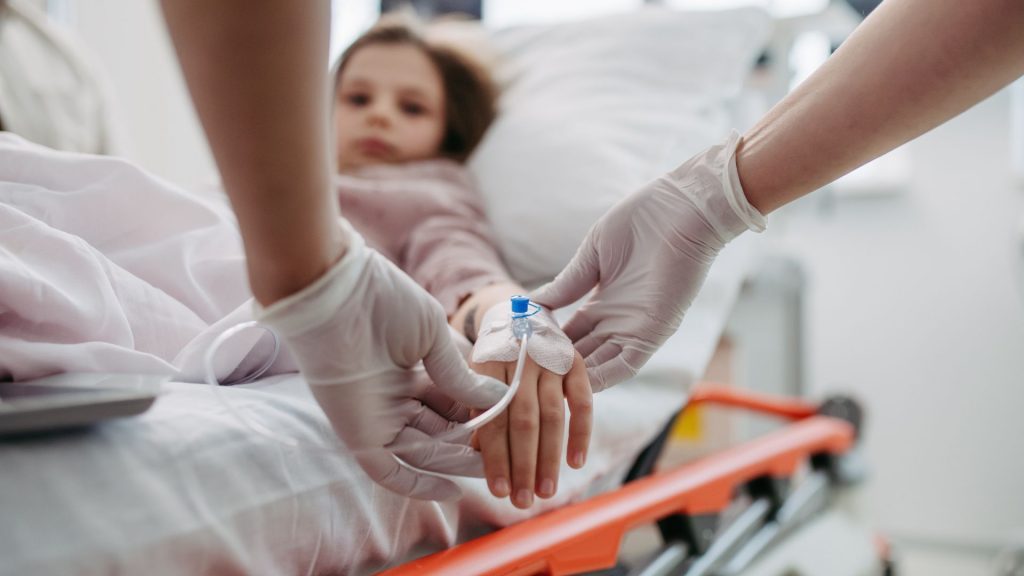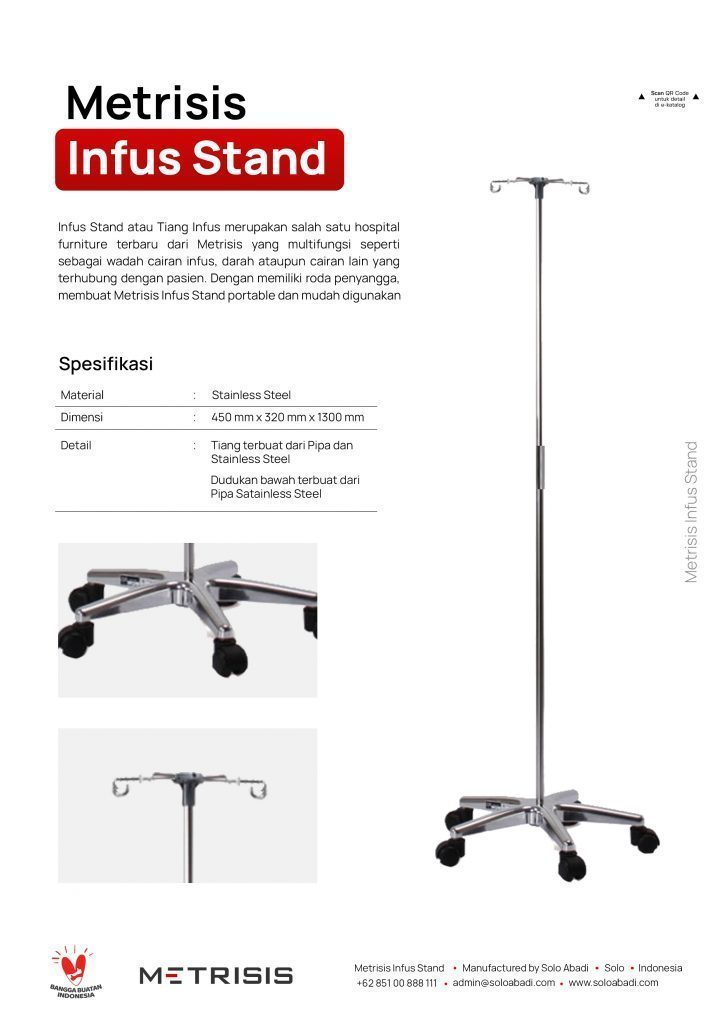IV therapy for dehydration in children is a procedure performed by medical professionals to address three types of dehydration: Isotonic Dehydration, Hypotonic Dehydration, and Hypertonic Dehydration. How exactly is IV therapy administered to children suffering from dehydration?
What is Dehydration in Children?
Dehydration is a condition where there is a total loss of water in the body due to pathological fluid loss, inadequate water intake, or a mismatch between intake and need. In some cases, both conditions contribute to dehydration.
Dehydration occurs due to a negative fluid balance in the body, resulting from decreased fluid intake and increased fluid loss through the kidneys, gastrointestinal tract, or insensible water loss (IWL), or due to fluid shifting within the body. Prolonged dehydration can lead to hypovolemic shock, causing organ failure and death.
This condition can affect anyone, including children. Children’s bodies are more sensitive to changes in water and mineral levels, making them particularly vulnerable to dehydration.
Causes and Effects of Dehydration in Children
Dehydration in children is primarily caused by acute gastroenteritis (AGE) or diarrhea and vomiting. Diarrhea can be exacerbated by fever, which increases fluid evaporation from the body due to heat. If untreated, hypovolemic shock can occur.
Hypovolemic shock is a state where cells lack oxygen due to decreased blood flow carrying oxygen to the cells. If this persists, it can lead to cell death. Within three minutes of brain cells not receiving oxygen, consciousness levels can drop.
Types of Dehydration in Children

Based on scientific understanding, dehydration is categorized into three main types:
1. Isotonic Dehydration
This occurs when fluid loss is proportional to sodium loss, resulting in decreased fluid volume and reduced tissue perfusion. This is the most common type of dehydration, usually seen in individuals with bleeding, burns, vomiting, and diarrhea. Sodium levels in the blood during this type of dehydration are 135-145 mmol/L, with serum osmolality at 275-295 mOsm/L.
2. Hypotonic Dehydration
This occurs when sodium loss exceeds fluid loss. Major causes include vomiting, diarrhea, excessive sweating, hyperventilation, bleeding, and kidney abnormalities leading to excessive electrolyte excretion. Hypotonic dehydration can cause dangerous brain edema.
3. Hypertonic Dehydration
This occurs when more water is lost than sodium. Hypertonic dehydration is characterized by high serum sodium levels (greater than 145 mmol/L). Increased plasma sodium raises osmolality, causing fluid shifts, including to brain tissues, leading to brain volume shrinkage and intracerebral hemorrhage (rupture of arterial blood vessels in the brain).
IV Therapy for Dehydration in Children

Medical professionals handle dehydration through a process known as dehydration management, which depends on the type of dehydration. The basic principle of dehydration therapy is to replace lost fluids and restore electrolyte balance, thereby achieving hemodynamic equilibrium.
Before determining the appropriate management, the degree of dehydration must be assessed as follows:
- Mild Dehydration: Fluid deficit of 1-5% of body weight
- Moderate Dehydration: Fluid deficit of 6-9% of body weight
- Severe Dehydration: Fluid deficit of 10-15% of body weight
In emergency cases, fluid resuscitation must be administered before considering other therapies. In children, IV therapy can reduce the risk of hyponatremia. Therefore, IV therapy should be initiated as soon as possible. The necessary fluids include a dextrose mixture such as D5-1/4NS or D5-1/2NS. Note that glucose-containing fluids are not recommended for resuscitation.
If the child is in shock, bolus therapy with isotonic fluids such as normal saline should be administered at 10-20 ml/kg body weight over 30-60 minutes. The fluid used should be D5-1/2NS to prevent hypernatremia, acute kidney failure, and brain edema.
IV Poles for IV Therapy in Children, With Best Price!

PT Solo Abadi Indonesia is experienced in the production of medical devices in Indonesia. From 2020-2023, we have collaborated with over 1,000 Posyandu and more than 200 Health Offices. All our products are guaranteed, including Patient Examination Tables, which come with a one-year warranty subject to terms and conditions.
Our top-notch Customer Service is accessible through various platforms, such as Instagram @soloabadi, our website www.soloabadi.com, and WhatsApp.
For pricing on METRISIS IV Poles, you can contact our Sales or Customer Service team. We prioritize service and functionality, allowing us to customize products to your needs.
Contact us now to get the best offer on IV Poles through Sales and Customer Service on WhatsApp.


